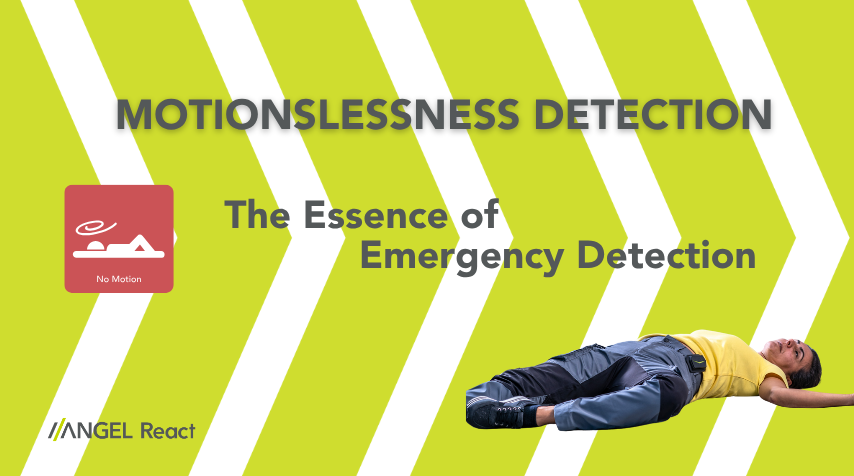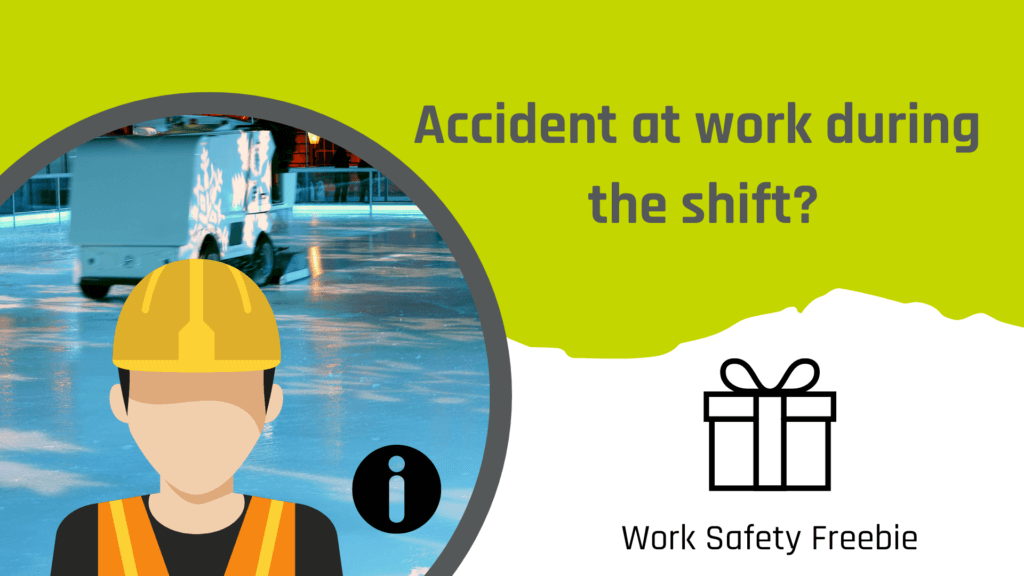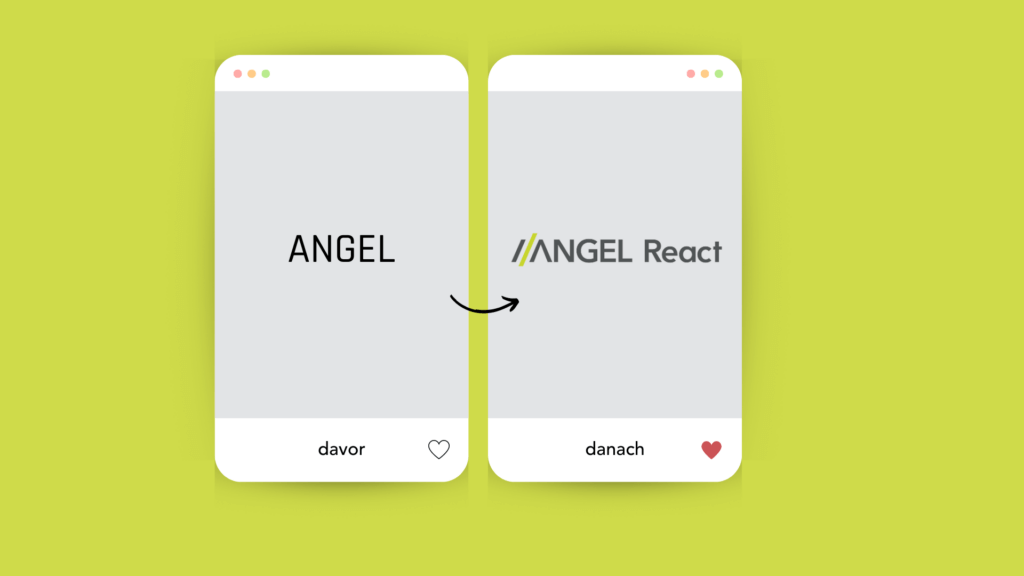Ensuring the safety of people working alone is one of the most important aspects of everyday work. A key element in this is emergency detection. And emergency detection primarily means detecting motionlessness—because serious emergencies almost always result in a lack of movement.
That’s why we focus intensively and deliberately on developing our No Motion detection system, as we call our motionlessness detection at ANGEL React, and we continuously improve it.
Only a well-designed motionlessness detection system can save lives or prevent serious harm in an emergency. And it’s especially the motionlessness alert that determines whether a device is actually used in everyday life. If the alert keeps going off during quiet tasks—like working at a computer—we’re unlikely to keep using the emergency detection system for long, simply because it becomes annoying.
With our ANGEL React systems, we don’t just want them to be purchased—we want them to be used. And we want them to improve workplace safety. That’s why, in developing our No Motion feature, we’ve focused particularly on the following three aspects:
1) Distinguishing between motionlessness and quiet work
As mentioned, we want to avoid constant interruptions from motionlessness alerts during everyday tasks—even if those tasks are calm, like writing emails at a desk. That’s why our system uses a highly sensitive accelerometer that detects even the smallest movements typical of desk work. Each detected movement resets a countdown timer to its maximum value. An alert is only triggered if no movement is detected over an extended period.
To prevent false alarms, the system begins with a subtle pre-alert. If someone is simply working quietly, they can dismiss the alert with a clear movement—nothing else happens.
It’s also crucial that the system reliably detects the absence of human movement. It must not be misled by external factors like a vibrating phone or other environmental motions.
2) Breathing or not: recognizing the severity of an incident
There’s a big difference between someone who is unconscious due to, say, a head injury, and someone who has stopped breathing. In the latter case, help cannot arrive quickly enough.
A reliable emergency detection system must ensure that in the event of cardiac arrest, the (pre-)alert is triggered as quickly as possible. That’s why our No Motion system uses two timers with different movement thresholds.
- A short timer reacts to extremely minimal movements in the single-digit milli-g range—just thousandths of Earth’s gravity. A person in cardiac arrest won’t exceed this threshold because they’re no longer breathing. This triggers the pre-alert very quickly.
- A second timer detects emergencies without respiratory arrest. It responds to larger movement thresholds and is set to a longer duration to avoid triggering during quiet activities like desk work.
3) Detecting motionlessness while sitting
Not every injured person collapses to the ground—emergencies can also occur while sitting. That’s why motionlessness detection must never rely solely on tilt angle detection.
Conversely, lying on the ground doesn’t always indicate an emergency. Sometimes, someone just wants to work quietly under their car without having to cancel an emergency alert every few minutes.
That’s why a reliable emergency detection system must always include motionlessness detection. Tilt angle detection can be a useful add-on, but it’s rarely a dependable solution on its own.
The Advantages of ANGEL React
There are many high-quality emergency detection devices on the market that meet these three criteria well, and all of them aim to save your life in an emergency.
But if you really want to know how good a system is, ask whether you can test it. If a company offering emergency systems doesn’t provide a simple way to try out a device for a few weeks, there’s probably a reason for that.
At ANGEL React, our Try@Buy system is a given—and it’s widely appreciated. Users are usually quickly and consistently convinced by the system’s precise emergency detection and its suitability for everyday use.
When you choose ANGEL React, you get not only a highly sophisticated No Motion detection system, but also two additional key benefits:
- Very simple handling: The Genius device is barely noticeable in daily work, and the app is frequently described as highly intuitive. With every update, we aim to make operation even easier.
- Emergency Coordination Portal: In the event of an emergency alert, all emergency contacts can access this portal online to coordinate the next steps together. If the injured person is able, they can also participate in the communication.
So if your life matters to you—even in an emergency—place it in the hands of a professional whose core mission is emergency detection, not smartphone development.
At ANGEL React, we’ve been successfully researching emergency detection for many years. With the Genius device, we’ve developed a companion that stays unobtrusive during your workday—but won’t leave your side in an emergency, helping to protect your life and health.




 ANGEL React & ADRESYS
ANGEL React & ADRESYS  ANGEL React & ADRESYS
ANGEL React & ADRESYS  ANGEL React & ADRESYS
ANGEL React & ADRESYS